Modern Quality Assurance Technique!
As soon as the developer starts building the software, the start testing them as well. Quality assurance, of course, is a crucial part of a software development which determines the success or failure of the product in the market. But have you ever wondered how we got from the early days of programming to the modern world of testing with Selenium and cloud-based testing techniques? This blog walks you through the modern and traditional aspects of software quality assurance.
Olden days Techniques
One of the crucial parts of software quality assurance on those days to till now is the debugging. Also, the Quality Assurance Professionals are trained to conduct configuration testing, platform compatibility to make sure that a program works in all of the environments for which it’s designed. Another is assuring user-friendliness. It’s also worth understanding that on earlier days, programmers often worked in small teams. They adhered to the “cathedral”-style approach to software development advocated by Fred Brooks, who argued in his 1975 book The Mythical Man-Month that programming is easiest when projects are small, finite, and when a lot of testing can be done before releasing products to the public.

One of those is debugging. Another involves configuration testing or making sure a program works in all of the environments for which it’s designed. Another is assuring user-friendliness. And the list goes on. It’s also worth noting that, early on, programmers tended to work in small teams. They adhered to the “cathedral”-style approach to software development advocated by Fred Brooks, who argued in his 1975 book The Mythical Man-Month that programming is easiest when projects are small, finite, and when a lot of testing can be done before releasing products to the public. In the first decades of computing, when cross-platform programming languages like C did not yet exist and programs frequently incorporated assembly code that worked on only one specific type of computer chip, software was rarely designed to run in many different environments. That made configuration testing less important, since there were fewer configurations to test for. Your users’ computers had to be pretty identical to your own or your software wouldn’t run at all. Under these conditions, the type of software testing that platforms like Sauce Labs deliver today was done as part of the broader debugging process. With small teams of programmers, relatively few environment variables for a given software program, and little pressure to release code on a frequent basis, an ad hoc approach to software testing worked well enough.
Especially when the cross-platform programming languages like C did not yet exist and programs regularly incorporated various assembly code that worked on only one distinctive type of hardware chip, system or application was rarely designed to run in many varied platforms or environments. That made configuration testing less important since there were fewer configurations to test for. Your users’ computers had to be pretty identical to your own or your software wouldn’t run at all. Under these conditions, the type of software testing that platforms like Sauce Labs deliver today was done as part of the broader debugging process. With small teams of programmers, relatively few environment variables for a given software program, and little pressure to release code on a frequent basis, an ad hoc approach to software testing worked well enough.
Modern Day Quality Assurance
Several things changed over the years in many areas of software quality assurance. Particularly, IBM’s introduction in 1981 of the PC (and the many clones it spawned) revolutionized hardware. Software Programmers were equipped to write codes for a single hardware platform. By the 1990s, PCs were not identical, of course. The specifics of each machine’s hardware and software could vary widely. But programmers faced increasing pressure to release software that worked well on any type of computer advertised as PC-compatible.

Another change was increasing demand for more frequent software releases. This was the result of many factors, like the commercialization of software, and businesses’ desire to keep customers happy by providing new and updated products on a consistent basis. Another was the growing importance of the Internet, which provided a much faster way to distribute new versions of programs. And then there was the advent of open source, heralded by projects like Linux.
And while the Linux crowd showed that it was possible to develop complex software by releasing code to the public and asking users to help find defects, the companies that started trying to sell Linux in the early 1990s quickly learned that better configuration testing and another quality assurance was needed in order to make open source commercially viable. Red Hat didn’t become a billion-dollar company by inventing Linux – it became successful by assuring that its versions of Linux actually worked under particular different hardware and software configurations, then selling support services for Linux on those platforms.
Find a course provider to learn QA
Java training | J2EE training | J2EE Jboss training | Apache JMeter trainingTake the next step towards your professional goals in QA
Don't hesitate to talk with our course advisor right now
Receive a call
Contact NowMake a call
+1-732-338-7323Take our FREE Skill Assessment Test to discover your strengths and earn a certificate upon completion.
Enroll for the next batch
qa certification courses
- Dec 9 2025
- Online
qa certification courses
- Dec 10 2025
- Online
qa certification courses
- Dec 11 2025
- Online
qa certification courses
- Dec 12 2025
- Online
Related blogs on QA to learn more

How to become a QA tester? Skills, Requirements, and Jobs in 2023
Learn how to become a QA tester and how to excel in this dynamic career and ensure high-quality software products.
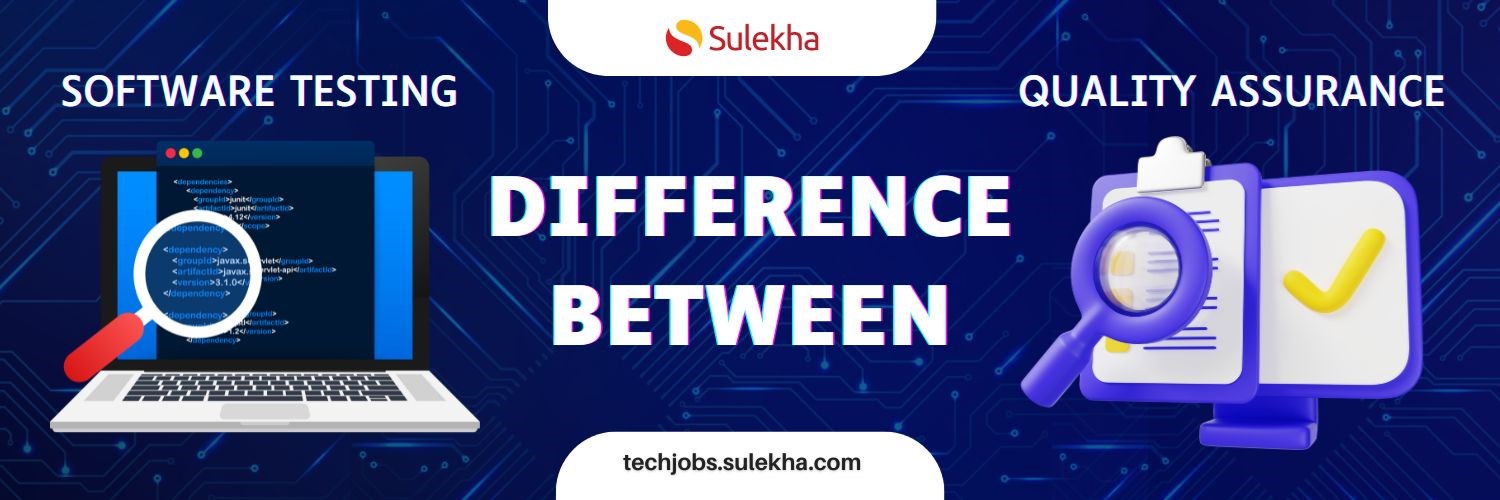
Difference Between Software Testing and Quality Assurance
Discussed, what are Software testing and Quality assurance are, what is the difference between Software Testing and Quality Assurance, roles, and salary perks.

How to Become a QA Tester
Embark on an exciting journey to learn to be a QA tester and unlock endless possibilities in the dynamic world of software testing. QA testing is an emerging and demanding career path for freshers and professionals who intend to get into the softw
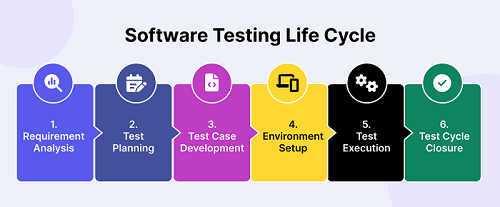
The Innovation behind QA Testing – Important Steps for Tech Deployment
Introduction QA testing

The Innovation behind QA Testing – Important Steps for Tech Deployment
Quality assurance (QA) has always been essential in ensuring that products released onto the market meet certain standards and are reliable. With so much focus on the internet and digital technology, it is no surprise that products incorporating thes
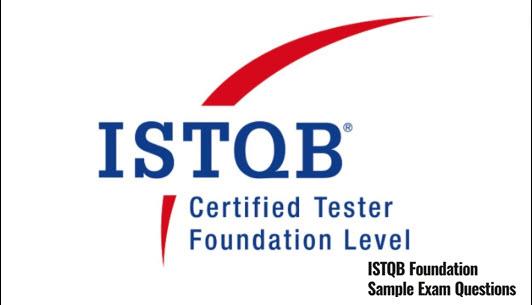
ISTQB Foundation Level Mock Test Sample Questions with Answers
We have prepared ISTQB foundation level certification exam self study and practice test sample questions answers to evaluate your skills to clear the foundation level. We have collected a list of istqb foundation level previous question papers with a
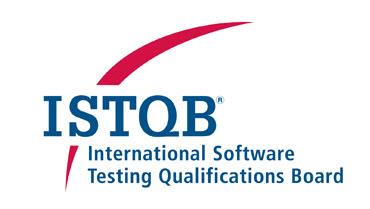
ISTQB Sample Questions and Answers to practice for Passing Score
ISTQB Certification exam question and answers - Get benefited with ISTQB agile tester exam questions and answers to check your testing ability before attending to the exam. Take advantages of these ISTQB questions online to practice and memorize the
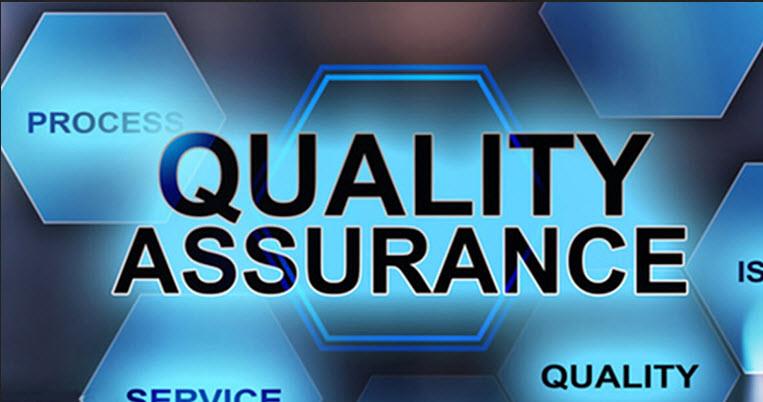
Find list of Institutions for Quality Assurance Certification Course
The motive of this content is to connect students all over the world to the best instructors; this article will help individuals to reach goals and pursue their dreams. We believe the world’s best QA teachers and training providers are found in this

Software Quality Assurance Syllabus for Beginners and Testing Professionals
Have you ever been thought of becoming a software testing professional, and wanted to know what you will learn during the training? After reading the content, you will probably have a good idea of assignments, projects, exams. This QA syllabus is des

Proven strategies to develop Quality Assurance testing!
When it comes to software quality assurance, there are plenty of things needs to be taken into account. Especially for software testing such as the type of product, development process, and different stages of the testing process, it plays a very vit
Latest blogs on technology to explore

From Student to AI Pro: What Does Prompt Engineering Entail and How Do You Start?
Explore the growing field of prompt engineering, a vital skill for AI enthusiasts. Learn how to craft optimized prompts for tools like ChatGPT and Gemini, and discover the career opportunities and skills needed to succeed in this fast-evolving indust
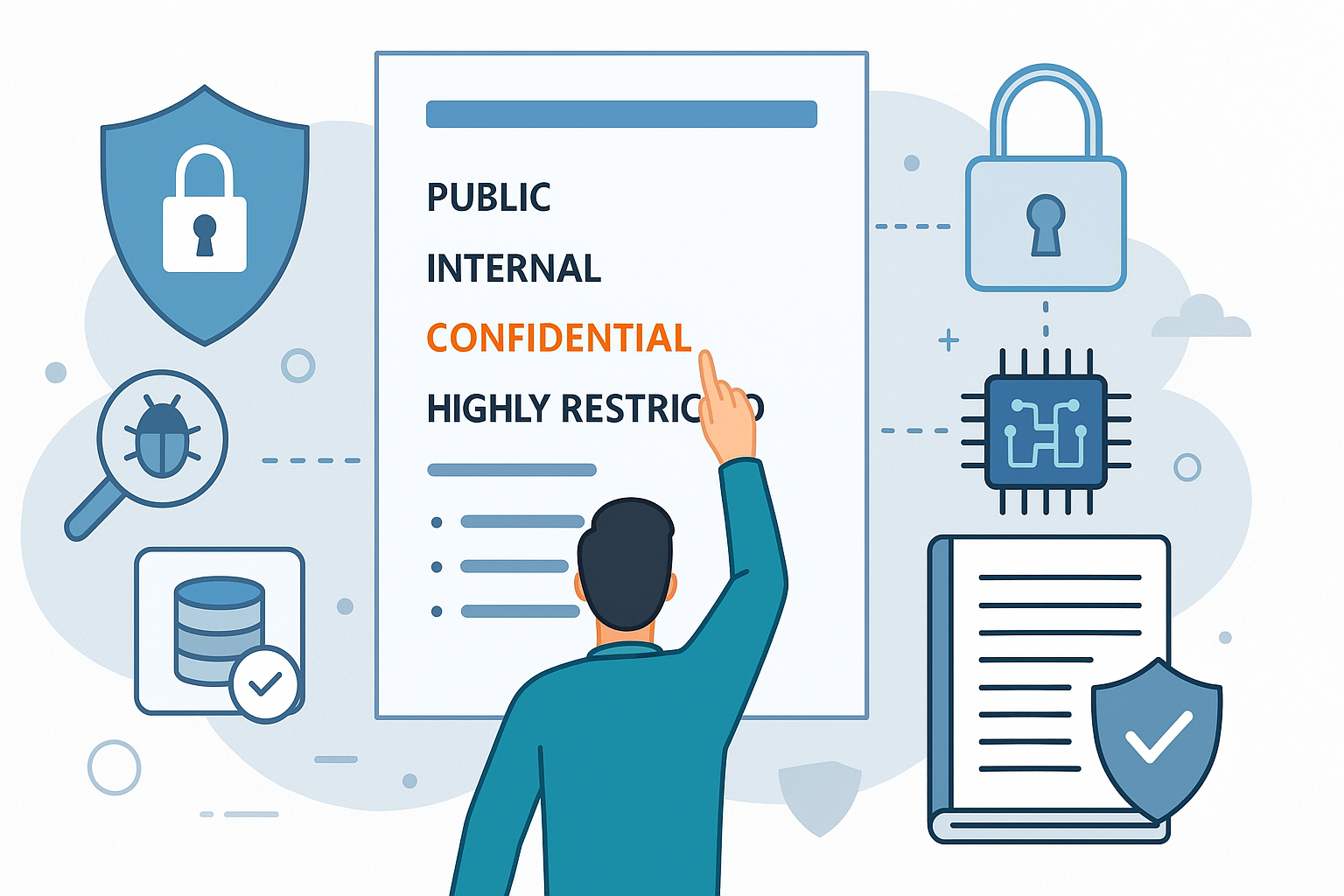
How Security Classification Guides Strengthen Data Protection in Modern Cybersecurity
A Security Classification Guide (SCG) defines data protection standards, ensuring sensitive information is handled securely across all levels. By outlining confidentiality, access controls, and declassification procedures, SCGs strengthen cybersecuri

Artificial Intelligence – A Growing Field of Study for Modern Learners
Artificial Intelligence is becoming a top study choice due to high job demand and future scope. This blog explains key subjects, career opportunities, and a simple AI study roadmap to help beginners start learning and build a strong career in the AI

Java in 2026: Why This ‘Old’ Language Is Still Your Golden Ticket to a Tech Career (And Where to Learn It!
Think Java is old news? Think again! 90% of Fortune 500 companies (yes, including Google, Amazon, and Netflix) run on Java (Oracle, 2025). From Android apps to banking systems, Java is the backbone of tech—and Sulekha IT Services is your fast track t
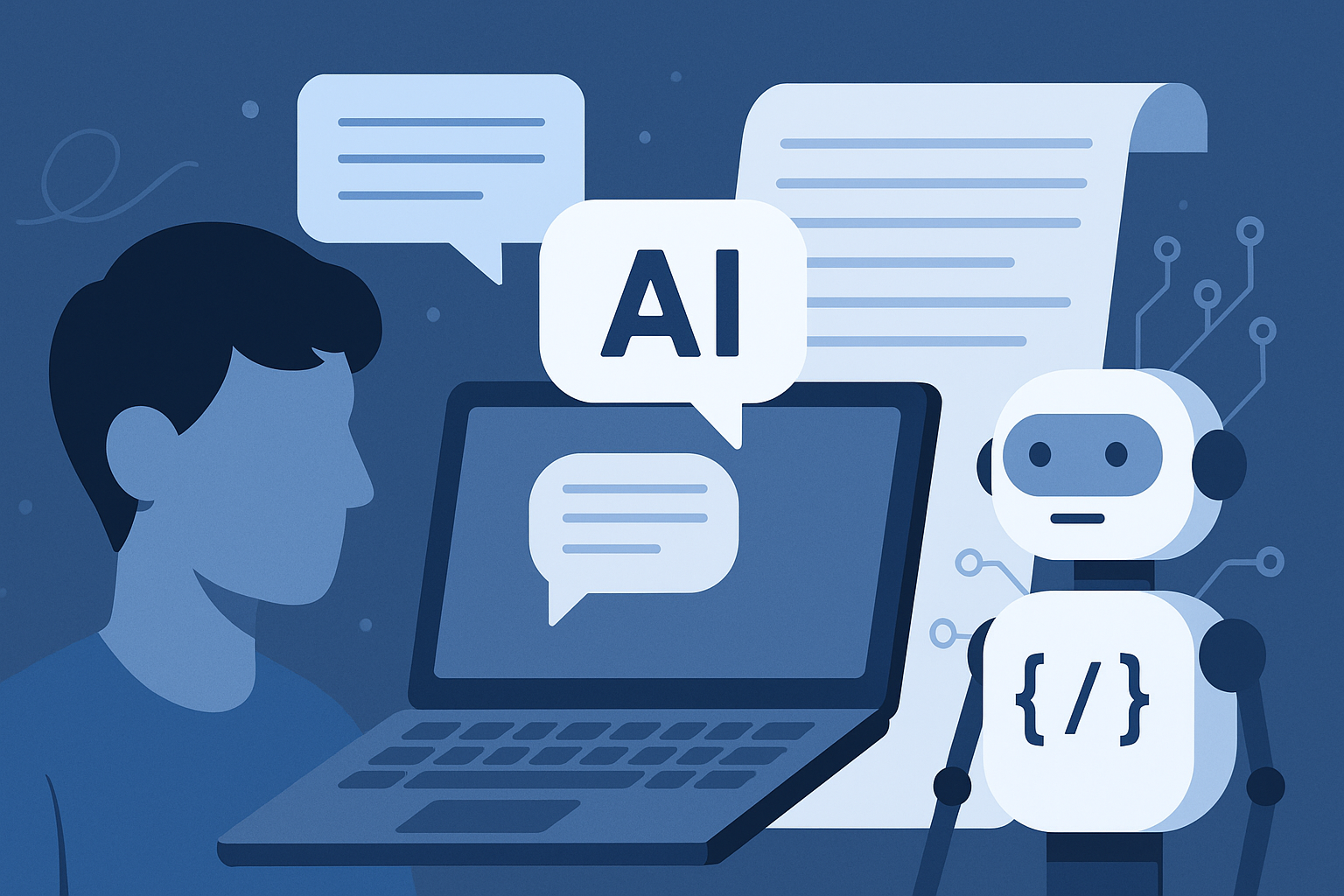
From Student to AI Pro: What Does Prompt Engineering Entail and How Do You Start?
Learn what prompt engineering is, why it matters, and how students and professionals can start mastering AI tools like ChatGPT, Gemini, and Copilot.

Cyber Security in 2025: The Golden Ticket to a Future-Proof Career
Cyber security jobs are growing 35% faster than any other tech field (U.S. Bureau of Labor Statistics, 2024)—and the average salary is $100,000+ per year! In a world where data breaches cost businesses $4.45 million on average (IBM, 2024), cyber secu

SAP SD in 2025: Your Ticket to a High-Flying IT Career
In the fast-paced world of IT and enterprise software, SAP SD (Sales and Distribution) is the secret sauce that keeps businesses running smoothly. Whether it’s managing customer orders, pricing, shipping, or billing, SAP SD is the backbone of sales o

SAP FICO in 2025: Salary, Jobs & How to Get Certified
AP FICO professionals earn $90,000–$130,000/year in the USA and Canada—and demand is skyrocketing! If you’re eyeing a future-proof IT career, SAP FICO (Financial Accounting & Controlling) is your golden ticket. But where do you start? Sulekha IT Serv

Train Like an AI Engineer: The Smartest Career Move You’ll Make This Year!
Why AI Engineering Is the Hottest Skillset Right Now From self-driving cars to chatbots that sound eerily human, Artificial Intelligence is no longer science fiction — it’s the backbone of modern tech. And guess what? Companies across the USA and Can
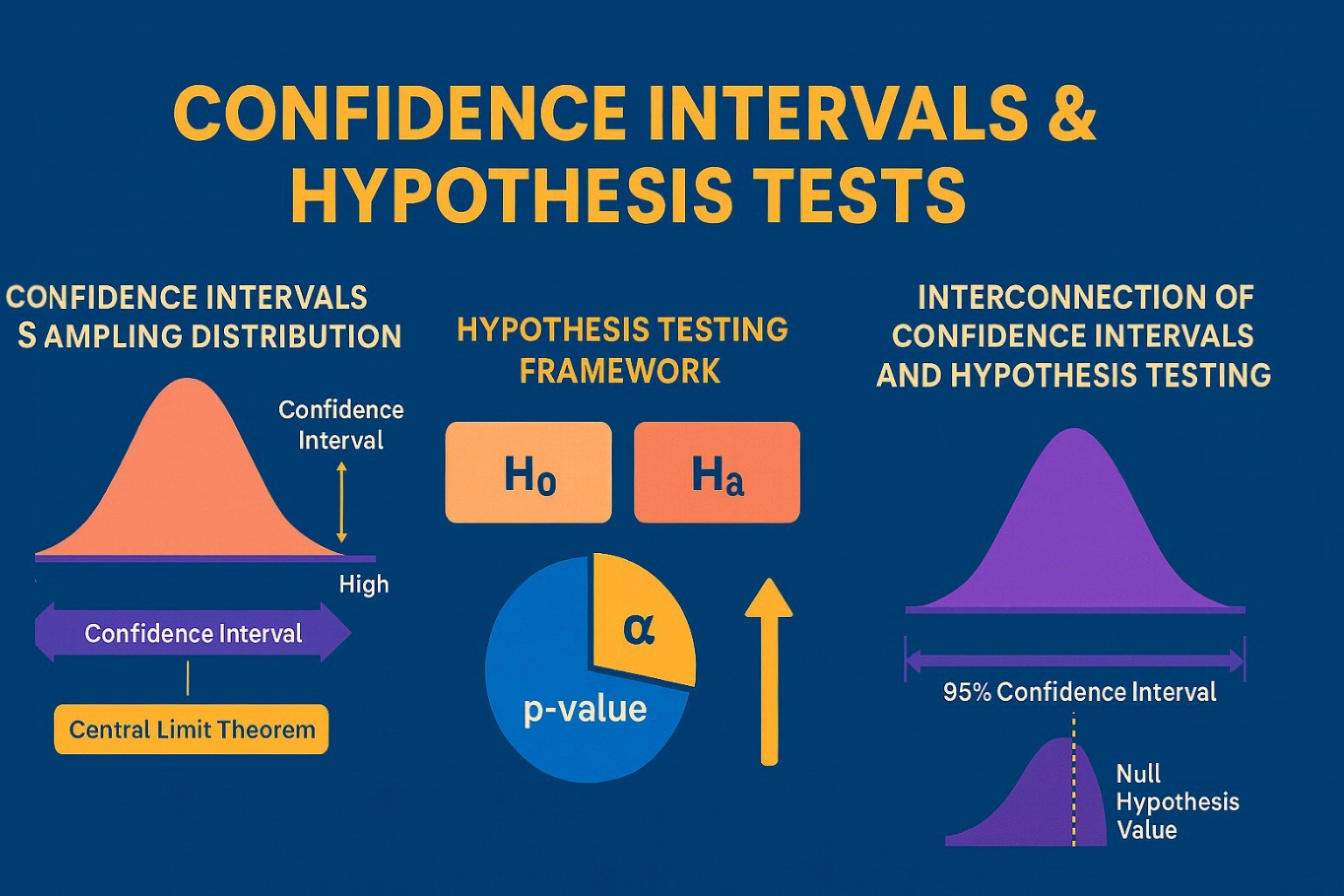
Confidence Intervals & Hypothesis Tests: The Data Science Path to Generalization
Learn how confidence intervals and hypothesis tests turn sample data into reliable population insights in data science. Understand CLT, p-values, and significance to generalize results, quantify uncertainty, and make evidence-based decisions.